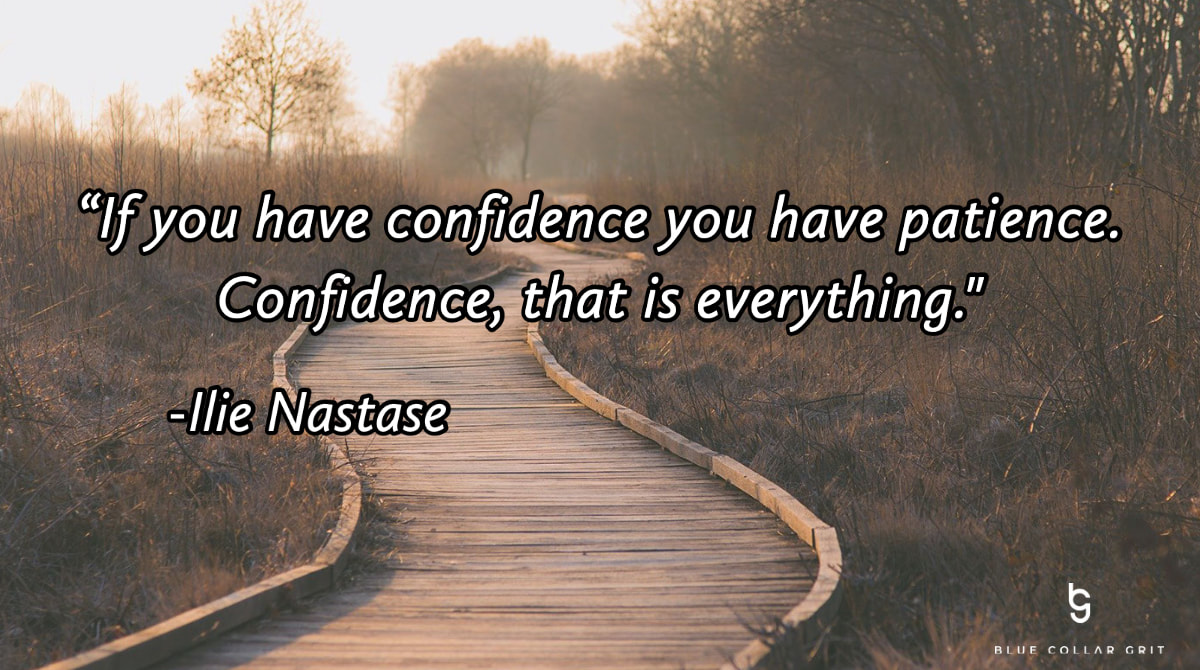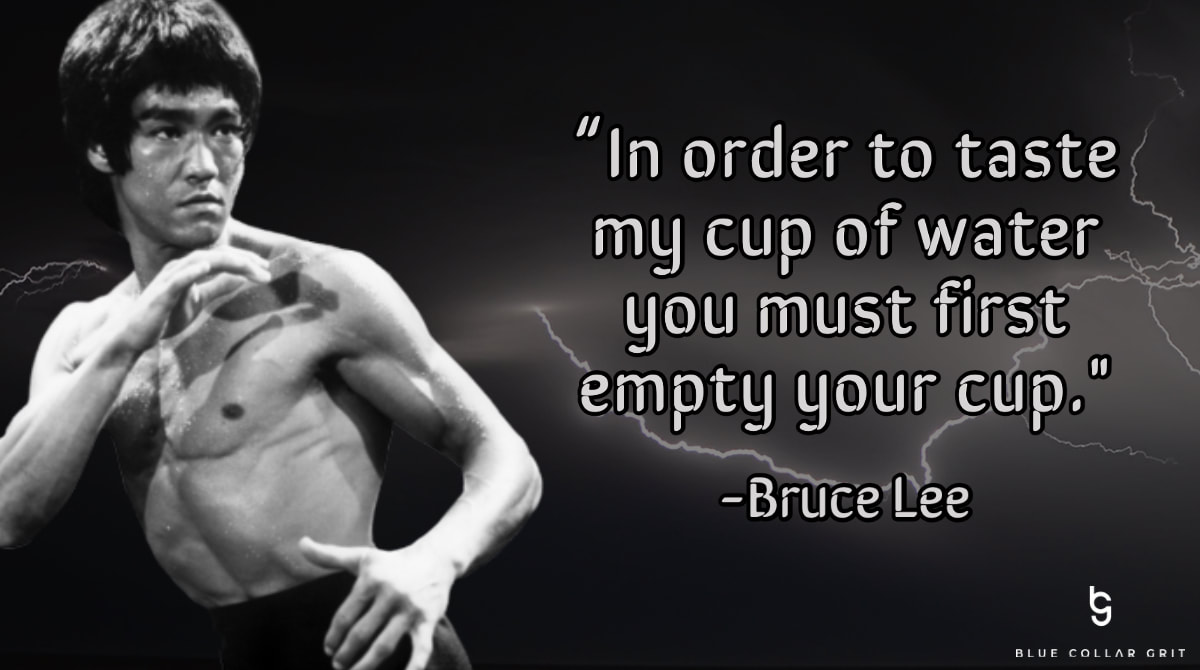Confidence In What?
0 Comments
Going For It
Prune or Punish
The Smile
|
About bcI'm a teacher, coach, and parent seeking excellence while defining success on my own terms. Archives
April 2024
Categories |





 RSS Feed
RSS Feed